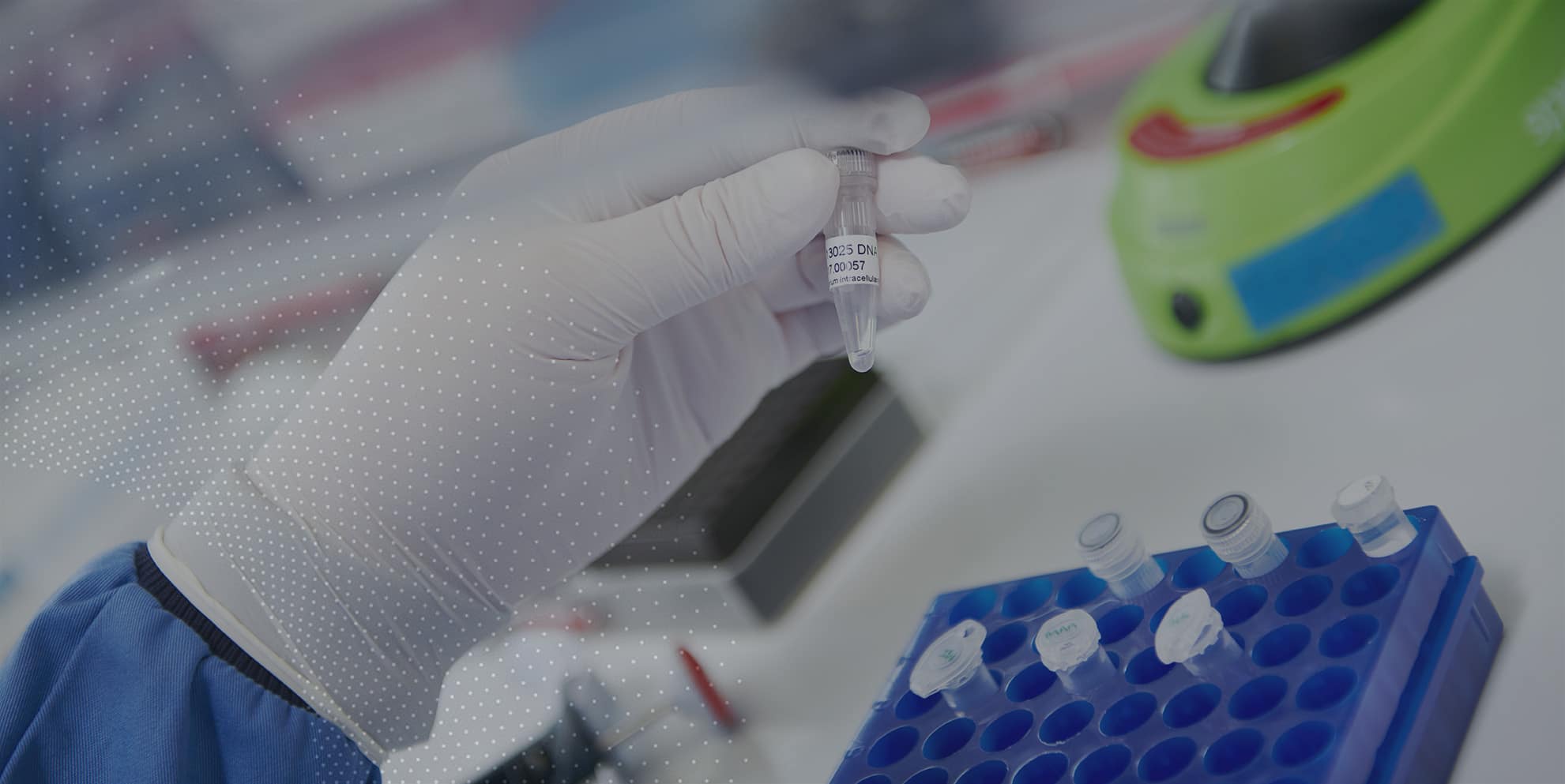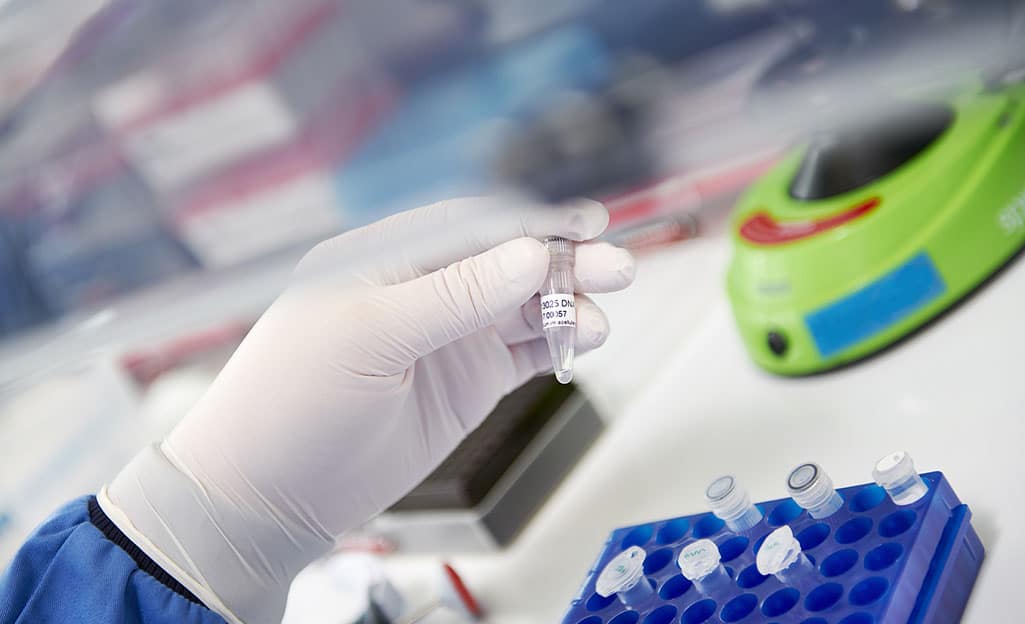 Sven Kili is the Chair of the Coordinating Committee overseeing the creation of the new Gene Therapy Innovation Hubs.
Sven Kili is the Chair of the Coordinating Committee overseeing the creation of the new Gene Therapy Innovation Hubs.
We asked him about why he got involved and how the network will advance promising research into new treatments for patients.
In March 2021, LifeArc and the Medical Research Council (MRC), with support from the Biotechnology Sciences Research Council (BBSRC), announced an £18m investment to establish a national network of Gene Therapy Innovation Hubs.
The three dedicated facilities at Kings College London, NHS Blood and Transplant in Bristol and the University of Sheffield, will operate as a coordinated network to support UK academics in translating promising gene therapy research. They will offer access to GMP (good manufacturing practice) facilities for clinical trials materials, alongside essential translational support and regulatory advice – helping the most innovative research to reach patients faster.
What is your experience in the gene therapy field?
Having initially trained as a clinician, specialising in orthopaedic surgery, I’ve since been fortunate to have worked in industry at the cutting edge of the cell and gene therapy environment for around 16 years.
I was Head of Development for the Cell and Gene Therapy division of GSK as part of the Rare Diseases franchise, where I led teams developing and commercialising gene therapies for rare disorders – including Strimvelis®, the first ex vivo gene therapy to be approved for use in patients. I also worked at Genzyme where I led the clinical development, approval and commercialisation activities for the first combined advanced therapy medicinal product (ATMP) in the EU.
I currently hold an academic appointment at UCL, leading the steering committee for their master’s course in the manufacture and commercialisation of stem cell and gene therapies. I also Chair the Cell and Gene Therapy Advisory Committee (CGTAC) as part of the UK BIA and I’m a Board member for CCRM in Canada, on the Standards Coordinating Body for Regenerative Medicine board and co-chair of the ISCT Business models & Investment committee. For the last three years, I’ve been providing specialist strategic consulting services for small and medium-sized enterprises before recently taking on the CEO role for a start-up developing Multiplex Engineered Cell therapies.
Why did you get involved in the gene therapy hubs?
Gene therapies are developed very differently to other types of medicines, and collaboration is absolutely critical for success. The hubs offer an exciting opportunity to help drive those collaborations within the UK and find ways to extend and expand patients’ access to these incredible therapies.
I hope to bring some of my learnings (and the grey hairs!) from my previous experiences – to try and bring people together and help accelerate getting these novel therapies to patients.
What challenges are faced by academics developing gene therapies?
As much of the initial discovery happens in academic institutions, we need to support researchers to create technologies that are as advanced in their development as possible and ready to be safely translated out of the lab and into the clinic.
One of the biggest challenges is that academics will often only make enough of their therapy for their study – and they aren’t always able to consider all the necessary GMP requirements around meticulous record-keeping, etc. So going back later and having to scale up the manufacturing of that therapy is then often very difficult.
We need to support academic researchers to bring their initial research up to a level so that when a company invests in a technology, they don’t have to go back to the beginning and redo all that work, causing further delays to make these incredible therapies available to patients.
How will the hubs help overcome those challenges?
The network will bring in an industrialised way of thinking at a much earlier stage of development for promising academic-led therapies. So, it’s about moving the academics from being very glad when something works once to being very glad when they can show it works the same way ten times!
Academic laboratories will be able to go to the hubs who will help them scale up and develop their vector production line much more effectively compared to making it themselves.
So, when a project reaches the stage of first-in-human trials, there will already be a clear roadmap forward of how to scale all the way through to phase 3 and commercial production – whereas up until now we’re often making the early compounds batch by batch with enormous variability.
What do you hope to achieve through the coordinating committee?
Our role will be to steer all the important work that will be delivered through the hubs network – that’s everything from technology transfer, optimising the technology, and facilitating knowledge sharing between the different centres.
Another key area will be to ensure that people working in these programmes receive appropriate training. As the cell and gene therapy environment continues to grow, we must have sufficiently qualified people to be able to develop, manufacture and commercialise these therapies. That’s a big global challenge right now – we don’t have enough people with the right skills to do all the work, particularly within the manufacturing environment. The hubs will provide the opportunity to teach people on the job, offering valuable hands-on practical experience which can be leveraged throughout the Cell & Gene therapy environment.
We will also need to put in place mechanisms and processes that allow us to share data effectively, but in a way that won’t jeopardise any programmes that later move into a commercial environment.
By supporting the UK academic research environment, we will showcase the breadth and depth of the expertise we have here – and why we are one of the global leaders in the discovery and development of cell and gene therapies for patients.
What difference will this ultimately make to patients?
When moving from laboratory R&D to GMP industrial-scale manufacture, it is not uncommon to lose anywhere from six to 24 months of development time. Bringing in the expertise of the hubs will minimise this loss and accelerate the time for these novel gene therapies to get to patients. An additional benefit is that we will have better quality development gene therapies made available to patients taking part in clinical trials in the UK much more rapidly.




